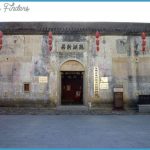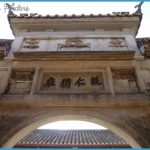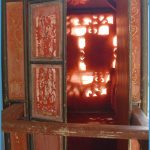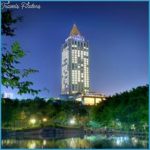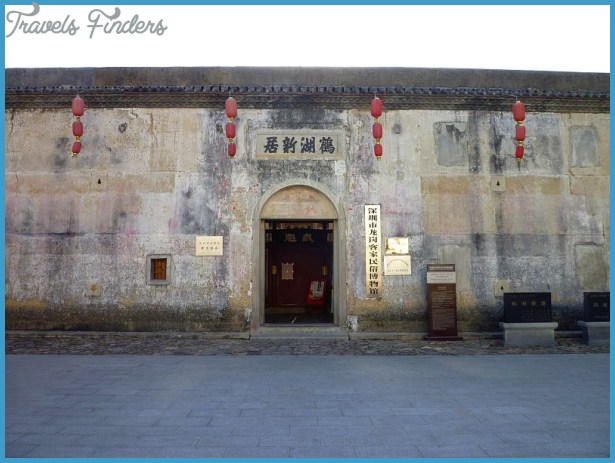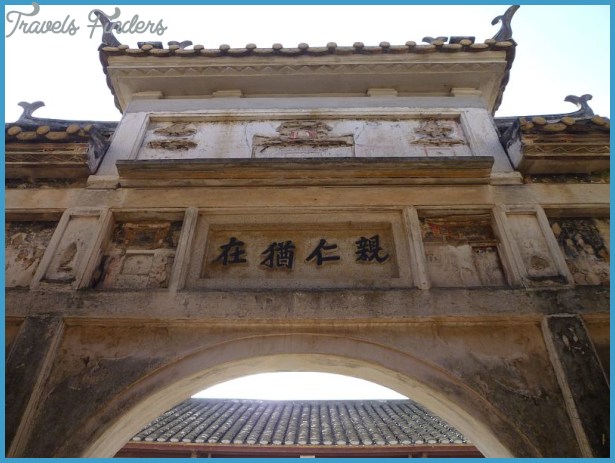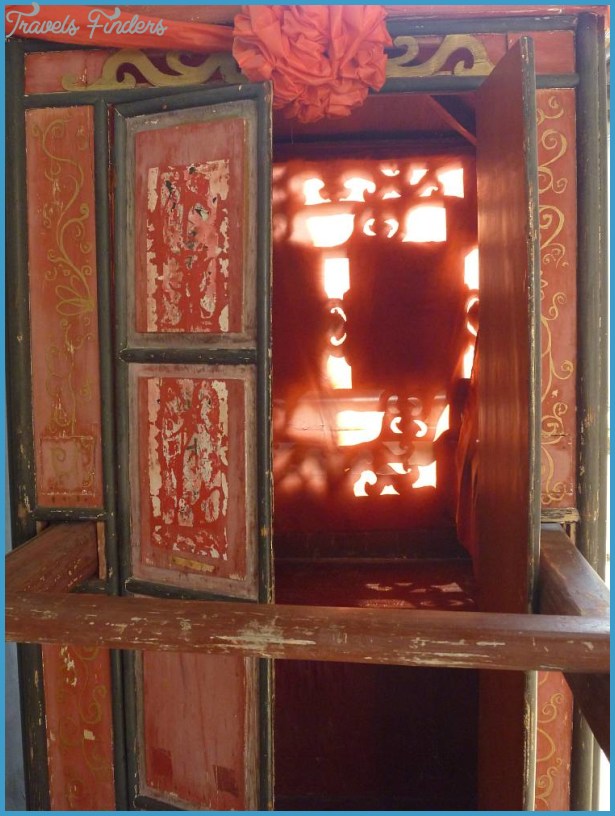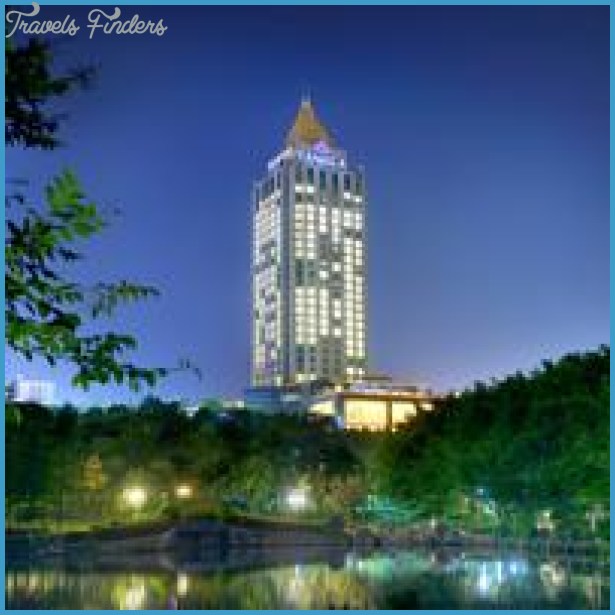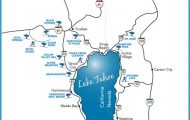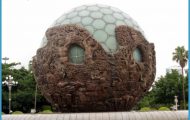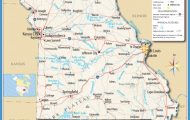The Hakka are often described as some type of mysterious ethnic minority who live amongst the Chinese. The reality is more prosaic. From the end of the Tang Dynasty in the late tenth century, Northern and Central China, the traditional centres of Chinese civilisation, fell under the domination of successive barbarian peoples. These included the Khitan Liao Dynasty, the Jin Dynasty of the Jurchen a Manchu people, and the Mongols.
By contrast the south of China under the Song Dynasty enjoyed one of the most glorious flourishings of its culture: poetry, painting, philosophy, scientific research and ceramics all reached new heights. When Marco Polo visited the Southern Song capital Hangzhou shortly after the fall of the Southern Song Dynasty in the 13th century, it was still China’s biggest and richest city. It was only with the rise of Shanghai in the 19th century that Hangzhou lost its role as China’s second most populous city after Beijing.
The troubles in the north and the prosperity of the south led to a number of mass migrations from the central plains to more prosperous southern areas and the descendants of these immigrants are the Hakka their name, in Mandarin, Kejia, means guest families. The Hakka are concentrated in southern Jiangxi, Eastern Fujian and northern Guangdong provinces.
Something that everybody knows is that Guangdong province speaks the Cantonese language and that traditionally Shenzhen was a Cantonese speaking area. And if we go back far enough Shenzhen was Cantonese speaking, as was much more of Guangdong than is the case today.
But in 1979 on the eve of the founding of the SEZ only about half the geographical area of Guangdong was Cantonese speaking and most Shenzhen villages were Hakka. And this fact was directly attributable to Koxinga.
Koxinga, whose real name was Zheng Chenggong, was a half-Chinese, half-Japanese pirate. When Chinese sources talk about the piracy of the era, they always refer to the pirates as being Japanese. But Koxinga, who has been co-opted as a national hero by all sides of Chinese politics, is always referred to as being Chinese. Koxinga is a Portuguese or Dutch you can make good cases for either form of Zheng’s title, Guo Xing Ye, meaning Lord of the Imperial Surname. Although Zheng was not of noble birth, he acquired this title in an unusual manner.
The time is the 1660s. Manchu armies have overthrown the Ming Dynasty and established their own Qing Dynasty. The remaining Ming princes have fled south to Fujian where they are beleaguered. They desperately need some muscle to protect them from the Manchu armies. Here Koxinga’s father Zheng Zhilong comes into the picture. Zheng Zhilong, a pirate, was ambitious for his son. One of the princes had no heirs, so Zheng Zhilong arranged for him to adopt Zheng Chenggong although he was a pirate, he had attempted to make his son acceptable to royalty by buying him a Confucian education. As a result of this adoption, Zheng Chenggong took the title Guo Xing Ye, Koxinga. This gave the Zheng family royal connections and gave the royal family disreputable but very effective protection.
From then on Koxinga waged violent and implacable war against the Manchu invaders and spread death and destruction all along the coast from Nanking in the north right around the coasts of Fujian and Guangdong. This he initially did from his bases in Amoy and Quemoy, but in 1661 he took a further step and led a large amphibious army, which took Taiwan from the Dutch who had ruled there for thirty-eight years. Although Koxinga died the following year, his son and grandson continued to rule Taiwan until they were overthrown by a Manchu general in 1683, and during that time they laid waste to the coast of China, in particular Fujian and Guangdong.
Initially the Qing response to the threat from Fujian and Taiwan had been to ban sea-borne trade; in this way they had hoped to cut off Koxinga’s supply lines. The initial success of this policy was one of Koxinga’s motivations for going to Taiwan. In 1662, the Kang Xi Emperor took the trade policy one step forward and ordered the complete depopulation of the area within 50 li 15 miles of the coast. The order was not rescinded until 1684 after the capture of Taiwan from the Zheng forces.
This had a devastating effect on the life of the Shenzhen region, and the changes wrought by the repopulation were even more basic. Before this period two main groups had made up the population of Shenzhen, the Cantonese and the boat people, of obscure origin, sometimes referred to as the Tanka. As the land was resettled, the Hakka demonstrated themselves to be enterprising and quick on their feet. They rapidly established themselves in the southern Pearl River Delta. You can still see Hakka women in Shenzhen, wearing their characteristic broad hats with black netting hanging from the brim.
Being an immigrant race, the Hakka lived in a state of indifferent harmony with their Cantonese neighbours and outbreaks of internecine war were common. There were outbreaks of open war between the Hakka and the Cantonese at many points of history. During the Tai Ping Rebellion in the 1850s and 1860s the Tai Ping leaders were Hakkas 500,000 people were killed in fighting between Hakkas and Cantonese. This resulted in most Hakka villages being fortified. There are several forms of Hakka fortified village but the most common in the Shenzhen area is the Wei, in Cantonese Wai, a square walled compound.

